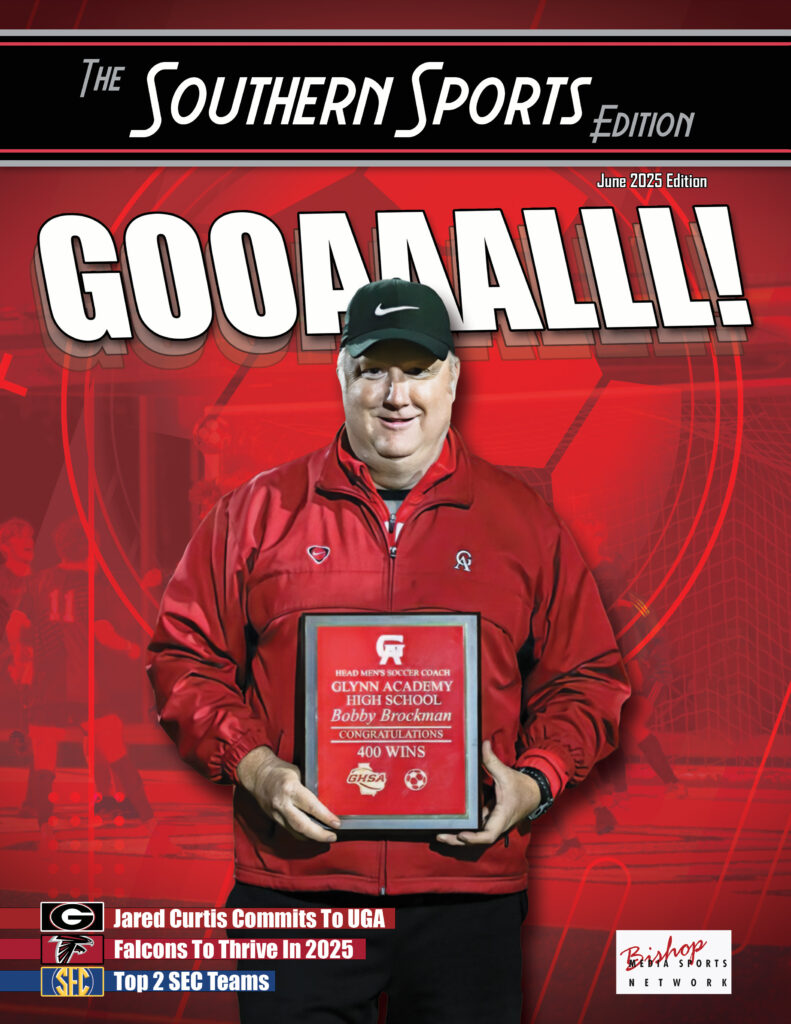How NIL Deals Are Ruining College Football Recruiting
The Art Of The Deal
 By: Robert Craft
By: Robert Craft
TheSouthernSportsEdition.com news services
The idea of pay-to-play in the college football ranks has gone from a lightning rod to the norm.
Conference commissioners pounded podiums these summer’s media days, calling for Capitol Hill to regulate Name, Image and Likeness.
They are not looking for help in educating athletes. No, the attention and focus has been on stopping recruiting inducements. While stakeholders argue amongst themselves and point fingers, the other side of NIL has quietly evolved.
College coaches are now dealing with a new reality. Recruits are lying to top 25 programs about the NIL package being offered by other schools vying for their commitment.
Anything to drive up the price of their recruitment and earn more cash.
In an industry with no regulation – the NCAA has been clear as mud – college football staffers are trying to figure out what the true market value is for a player. In some situations, programs are overpaying for a recruit in order to receive their commitment.
In multiple situations, highly-ranked recruits have openly told Power Five coaching staffs they’ve been offered seven-figure annual NIL packages by another school in their recruitment.
Only to find out through backchannels the prospect was openly lying, trying to drive up their market value.
College football is currently dealing with a recruiting market where the top 50 prospects have the privilege of commanding their market value.
I can’t say it’s specifically happened but I’ve certainly heard about it. It would be ignorant to think kids falsely report offers, so why wouldn’t the kid with offers, why wouldn’t they start to falsely report NIL deals. It’s no different than when you go to your employer and say, ‘Hey, I’ve had some other people call me. I’d like to stay here, but can you give me some more money.’
In the NFL, players are represented by agents who broker contracts on their behalf. In the college ranks, a small number of highly-touted athletes have a representative with experience.
The remainder athletes typically have a family member or mentor who has taken over their recruitment and is bartering on their behalf. And as we’ve seen, it can get ugly.
Coaches have to talk to other schools and figure out what the truth is. Some cut ties with the prospect, willing to lose out to bring an end to the NIL rumors.
Much attention, since the advent of NIL, has been on the institutions with major booster networks.
Miami, Tennessee and Texas A&M have all seen an influx of NIL dollars.
That doesn’t mean recruits are only lying to those schools. Even at the lower levels of Division I, NIL has recruits feeling entitled to demand compensation and creating false narratives.
For years, recruiting battles were waged over who had the nicest facilities. The best training tables and cushiest locker rooms. Now the top prospects want financial packages.
NIL has changed the conversations around how much and who is receiving it. Recruits are not afraid to lie, and they don’t care about burning bridges so long as there is a monetary guarantee sitting at the end of their recruitment.
For all the concern there is about recruits lying about NIL offers in college football currently, it may only be a glimpse of what the transfer portal will look like come December.
Impermissible NIL activities such as recruiting inducements, compensation without quid pro quo, or compensation that’s clearly out of line with fair-market value should be regulated.
To me, Power Five conferences have to create guidelines and penalties because the NCAA is afraid of a class action lawsuit. Until then, wealthy boosters will keep throwing money to influence these young athletes.




